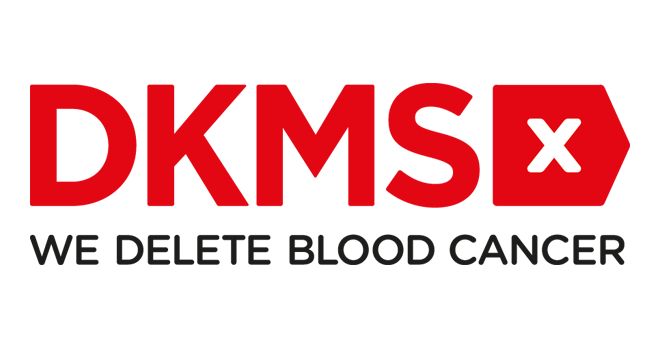10 Myths About Blood Stem Cells Donation

It’s World Blood Cancer Day on May 28 and we’re looking at the common misconceptions about this vital donation.
Myth 1: Donating stem cells means losing them forever
Truth: Your blood stem cells will completely replenish themselves within 2-4 weeks of the collection.
Myth 2: Donating stem cells is a really invasive and laborious process
Truth: People think it’s a very invasive and laborious process, but around 90% of all donations are made through a method called peripheral blood stem cell (PBSC), which is similar to blood donation. The other 10% of donations are made through bone marrow collection. This is when the stem cells are collected from the bone marrow at the back of the hip. The procedure is carried out under general anaesthetic so that no pain is experienced.
Myth 3: Donating bone marrow is painful
Truth: In 10% of cases, donors will be required to donate bone marrow. This does not require any drilling or scraping of the bone. It is a one hour outpatient procedure carried out under general anaesthetic via a simple needle in the iliac (hip) bone (not the spine).The small incision typically heals very quickly and usually you won’t need stitches.
Myth 4: It’s really hard to register
Truth: The first steps to register as a potential lifesaver are straightforward. You order your home swab kit online at dkms.org.uk/register-now. You swab and send everything back in a pre-paid envelope in order for your details to be added to the registry. Worldwide, 35% of those who register do not send their swab kit back – verses 65% that do. It’s really important to send the swabs back as you are not added to the registry, and therefore not a potential lifesaver, until you do.
Myth 5: You need to know your blood type
Truth: While there are similarities in the process, blood stem cell donation is different to donating blood. Blood stem cell matches are determined by a person’s human leukocyte antigen (HLA) tissue type, not by blood types. Blood stem cell donors donate only blood stem cells, rather than blood, so you could be potentially the only match for a person with blood cancer in need of a transplant.
Myth 6: I’m from a black/Asian/mixed ethnic background so it is less likely that my blood stem cells will be needed
Truth: Finding matching donors is never easy, but it’s even harder for people with a black, Asian or mixed ethnicity as the pool of donors is much smaller. Those in need of a lifesaving blood stem cell donation are most likely to find a matching donor from a similar ethnic background.
Myth 7: I’m 50, I’m too old to donate
Truth: Anyone between the ages of 17-55 and in general good health can become a potential blood stem potential donor. All potential donors will stay on the register until their 61st birthday.
Myth 8: My blood stem cells will be stored
Truth: Your blood stem cells will never be stored. They last for around 72 hours and are delivered straight to the person in need by a special courier. If the recipient’s body accepts them, the stem cells will start making healthy blood cells. You’ve given that person a second chance at life – all while you were lying in bed.
Myth 9: I have a piercing and/or tattoo so I can’t donate
Truth: Having a tattoo doesn’t stop you from joining the registry. If you are identified as a match for someone and you had a piercing or a tattoo within the last four months, you would just need to alert the DKMS team.
Myth 10: I have high blood pressure so can’t donate
Truth: High blood pressure generally does not affect blood stem cell donation if the condition is well-regulated with drugs or through an adapted diet.
Register as a potential lifesaver online at dkms.org.uk to receive your home swab kit. It takes a few moments to swab. Make sure you return your swab kit in order to go on standby to help save someone’s life.





